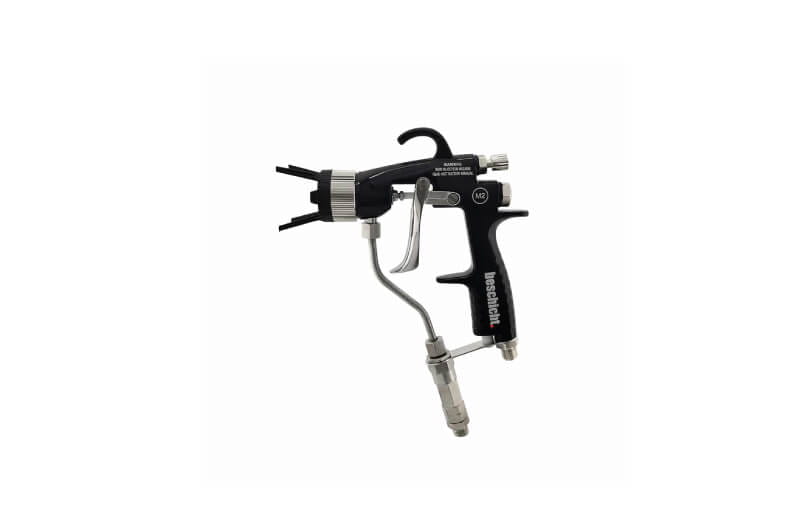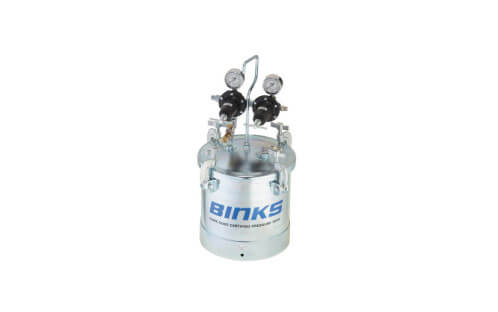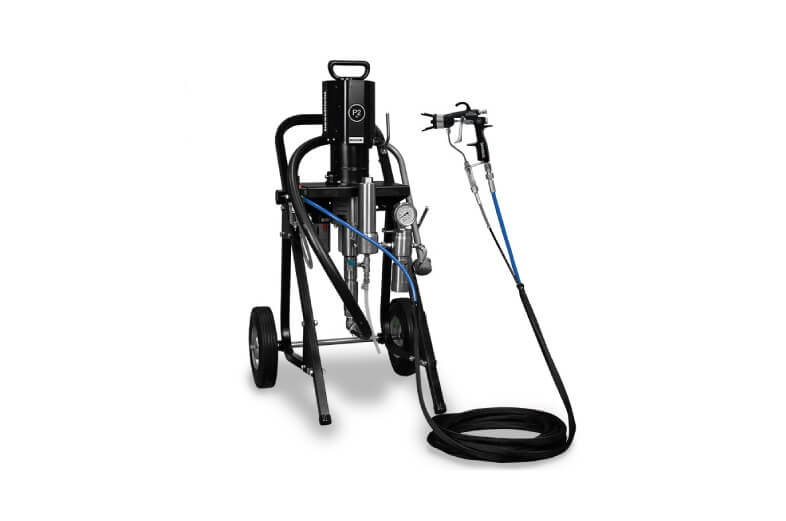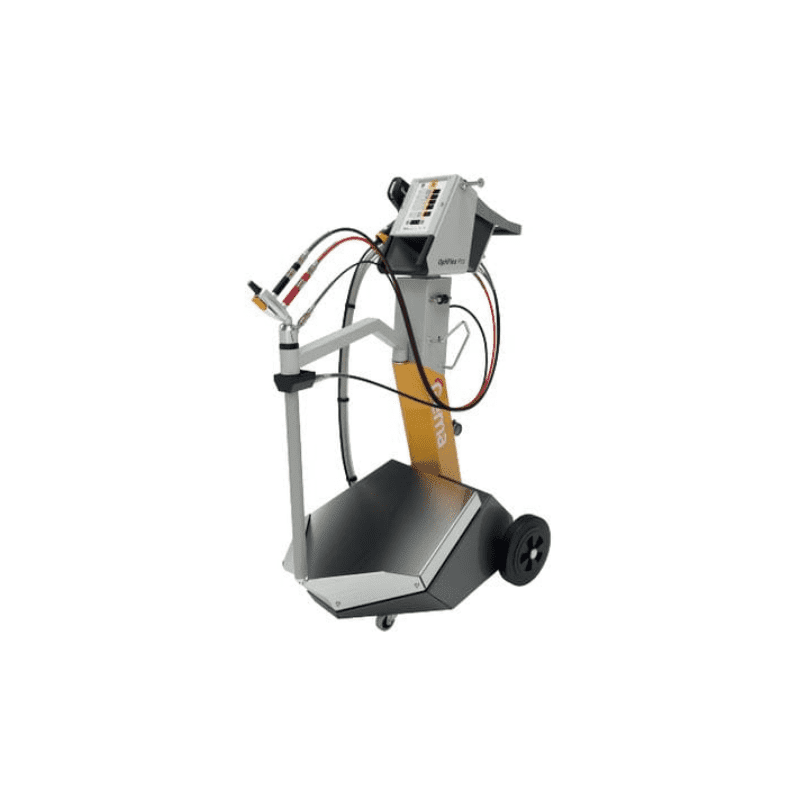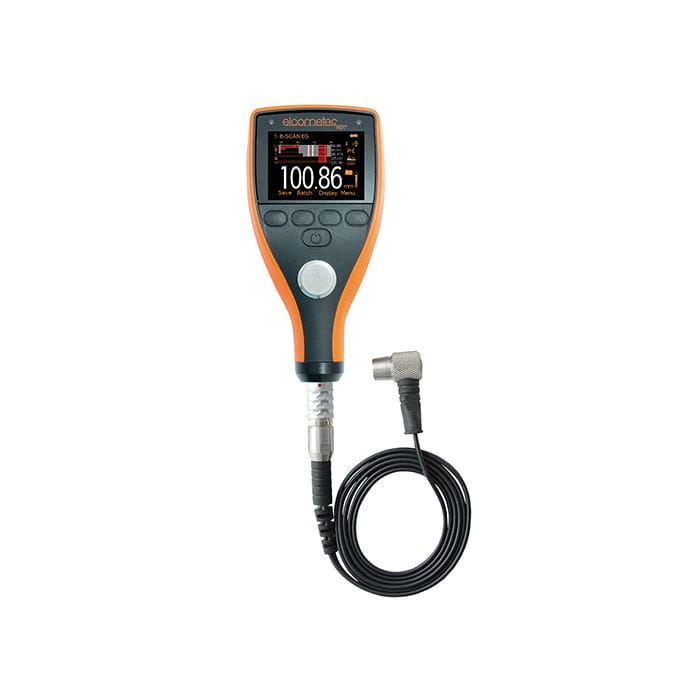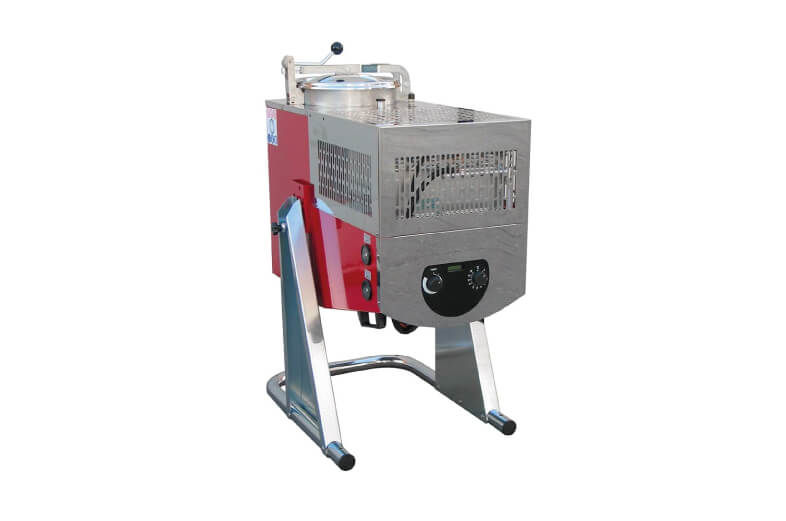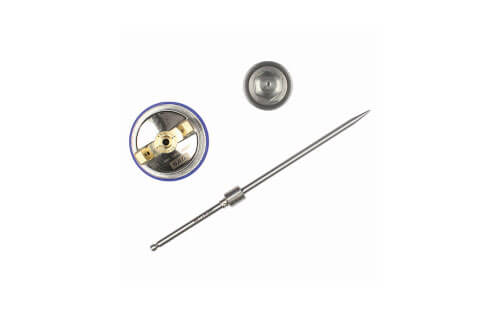SATAminijet 4400 B: HVLP vs. RP in Direct Comparison
Which technology is better suited for your paint job? We compare HVLP and RP with the SATAminijet 4400 B – focusing on air consumption, material efficiency, and surface quality.

Technology Comparison HVLP vs. RP
| Criterion | HVLP | RP |
|---|---|---|
| Recommended Inlet Pressure* | approx. 2.0 bar | approx. 2.5 bar |
| Spray Distance* | 12–15 cm | 12–19 cm |
| Air Consumption | ≈ 120 Nl/min | ≈ 200 Nl/min |
| Material Transfer Rate | Very high, VOC-compliant | High, focused on speed |
| Fields of Application | Fine spot repairs, blending, low-viscosity materials | Clear coats, faster workflows, thicker materials |
*Reference values according to operating manual; fine-tune depending on material viscosity and environment.
Order Online Now
Workflow: Choosing HVLP or RP in 5 Steps
- Check type of job: basecoat, clear coat, or spot repair.
- Select nozzle size suitable for the material (SR, standard).
- Set pressure (HVLP ~2.0 bar, RP ~2.5 bar; max. 10 bar).
- Maintain spray distance: HVLP closer (12–15 cm), RP more flexible (12–19 cm).
- Spray test pattern and fine-tune (material volume, spray pattern).
Conclusion
The choice between HVLP and RP depends on your goal: maximum efficiency and VOC compliance with HVLP or high speed and rich flow with RP. The SATAminijet 4400 B offers both technologies – flexible for any paint job.

